(9,9-Dimethyl-9H-fluoren-2,7-diyl)diboronic acid CAS:866100-14-3
(9,9-Dimethyl-9H-fluoren-2,7-diyl)diboronic acid, often abbreviated as Flu-B(OH)₂, represents a significant advancement in the realm of organic synthesis. Its synthesis typically involves multi-step procedures starting from commercially available starting materials. The fluorene backbone, characterized by its rigid and planar structure, serves as an excellent scaffold for functionalization, ensuring spatial control and high regioselectivity in subsequent reactions. One of the key attributes of Flu-B(OH)₂ is its reactivity profile, primarily attributed to the boronic acid functionalities. These groups readily undergo oxidative addition reactions with various electrophiles, enabling the facile formation of carbon-carbon and carbon-heteroatom bonds. Among the most notable reactions employing Flu-B(OH)₂ is the Suzuki-Miyaura cross-coupling reaction, a cornerstone in modern organic synthesis for the construction of biaryl compounds. This methodology allows for the rapid assembly of structurally diverse molecules, including pharmaceutical intermediates and materials for organic electronics. Furthermore, the presence of boronic acid motifs in Flu-B(OH)₂ confers compatibility with other transition metal-catalyzed transformations, such as Stille, Sonogashira, and Heck reactions, further expanding its synthetic utility. Through these transformations, intricate molecular architectures can be accessed with high efficiency and selectivity. Beyond its synthetic applications, Flu-B(OH)₂ exhibits intriguing photophysical properties arising from its fluorene core. Fluorenes are known for their excellent electron-transporting capabilities and high luminescence quantum yields, making them indispensable components in OLEDs and OPVs. By incorporating Flu-B(OH)₂ into the molecular design of these materials, researchers can tailor their optoelectronic properties, leading to enhanced device performance and efficiency. In conclusion, (9,9-Dimethyl-9H-fluoren-2,7-diyl)diboronic acid represents a versatile and valuable building block in organic synthesis and materials science. Its unique structural features, coupled with its reactivity and photophysical properties, make it indispensable for the development of advanced functional materials and pharmaceuticals, with implications across various technological domains.



| Composition | C15H16B2O4 |
| Assay | 99% |
| Appearance | white powder |
| CAS No. | 866100-14-3 |
| Packing | Small and bulk |
| Shelf Life | 2 years |
| Storage | Store in cool and dry area |
| Certification | ISO. |


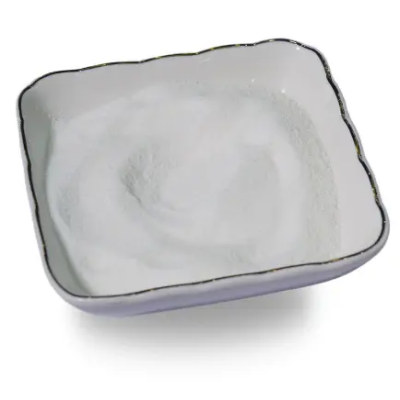

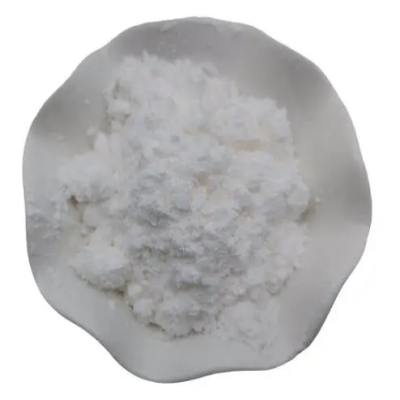
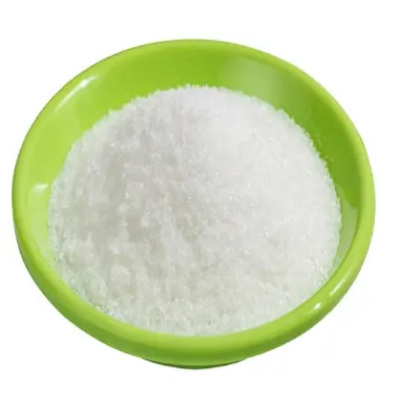

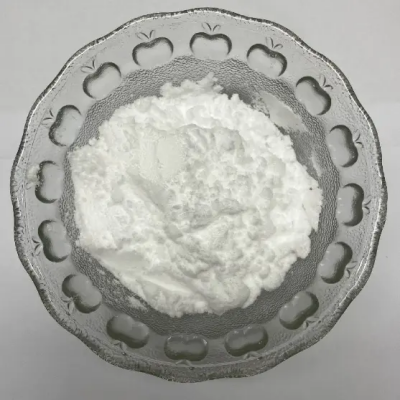
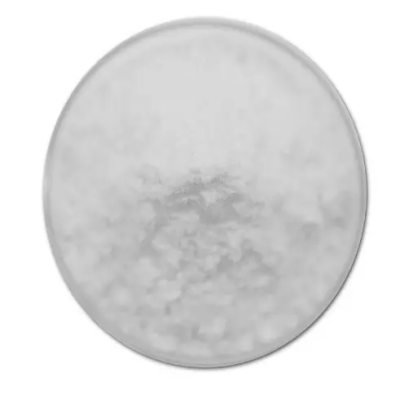
![N-[(2'-cyano[1,1'biphenyl]-4-yl)methyl]-methyl ester L-valine monohydrochloride CAS:482577-59-3](https://cdn.globalso.com/xindaobiotech/6FOL1BS0UMD0X9Z402274.png)